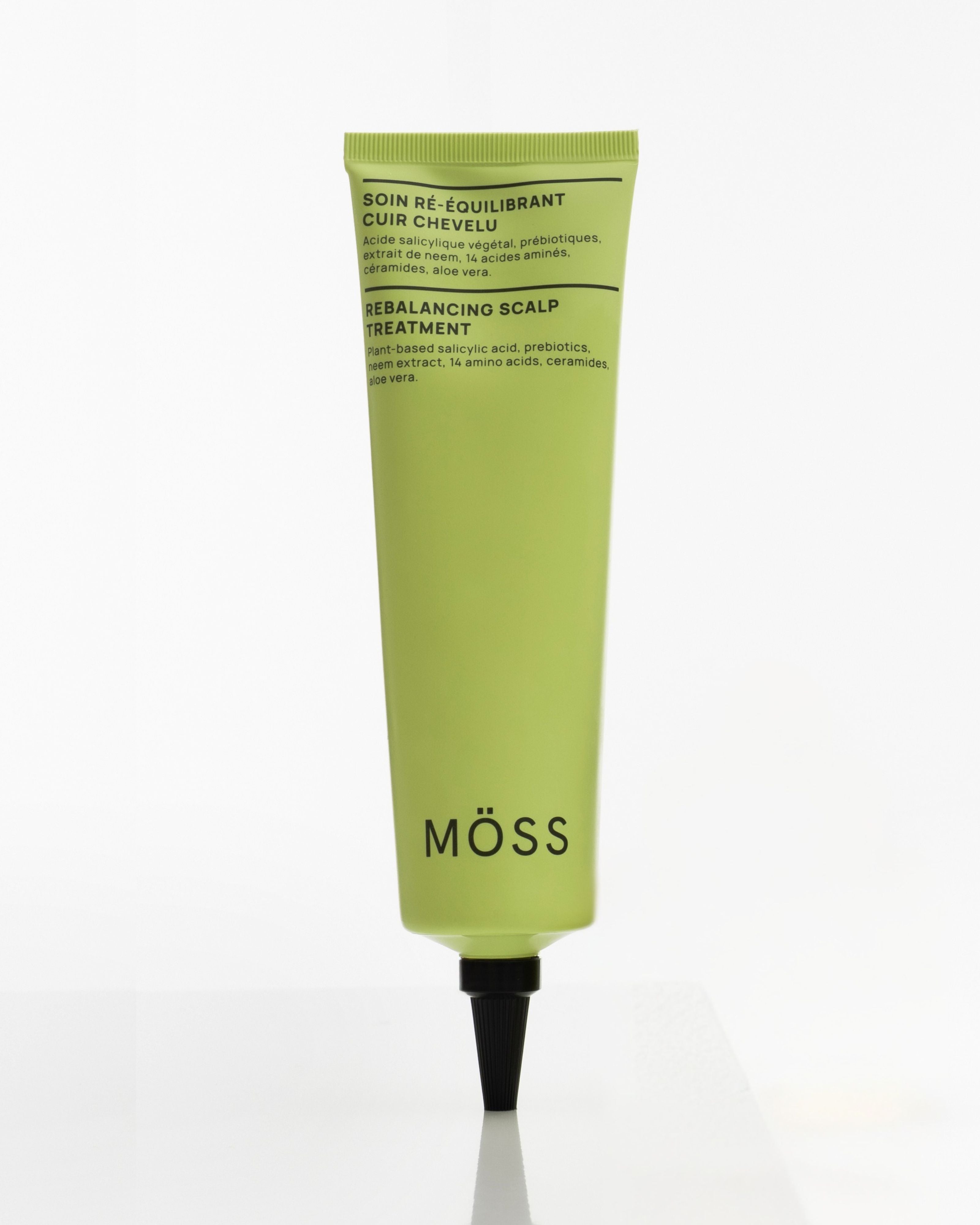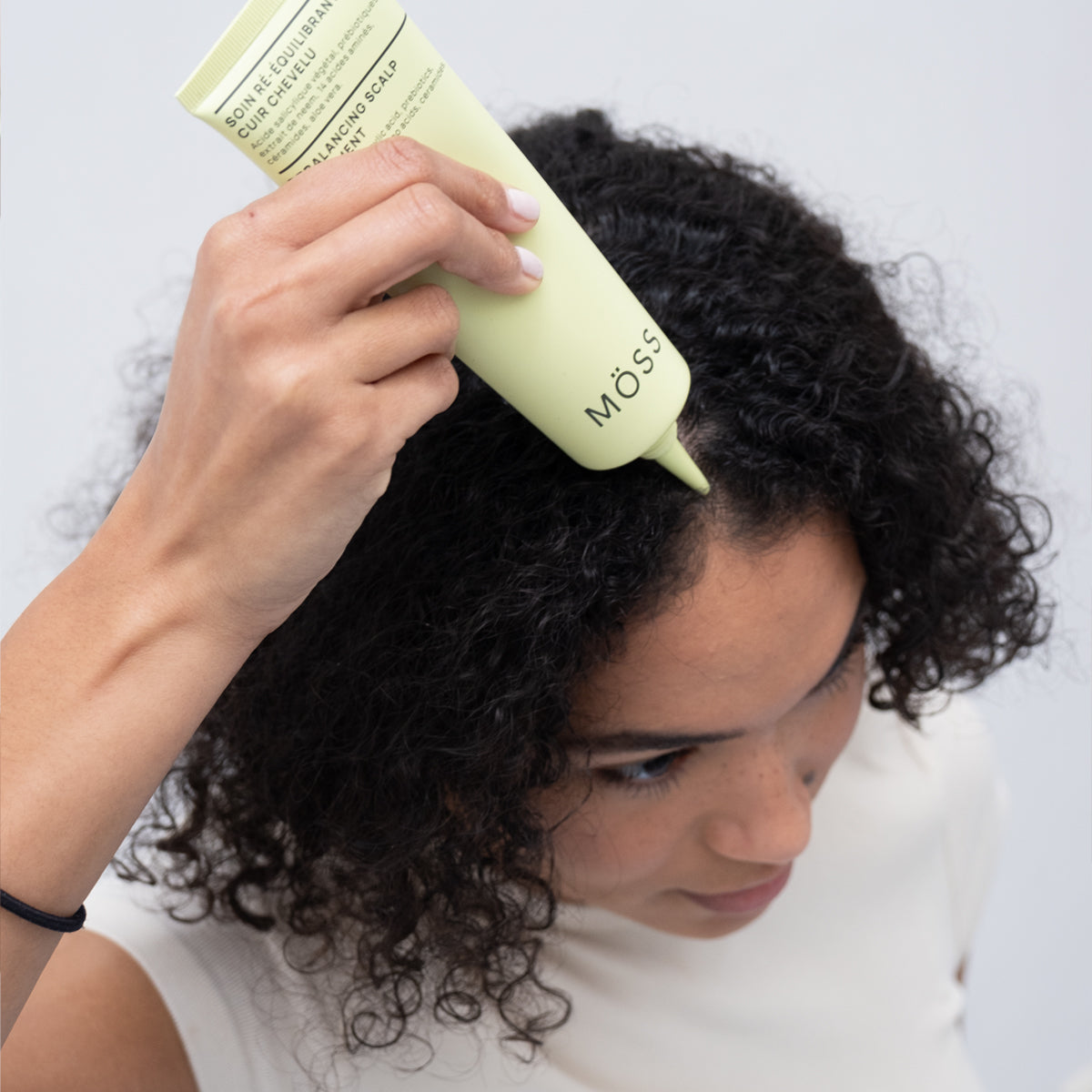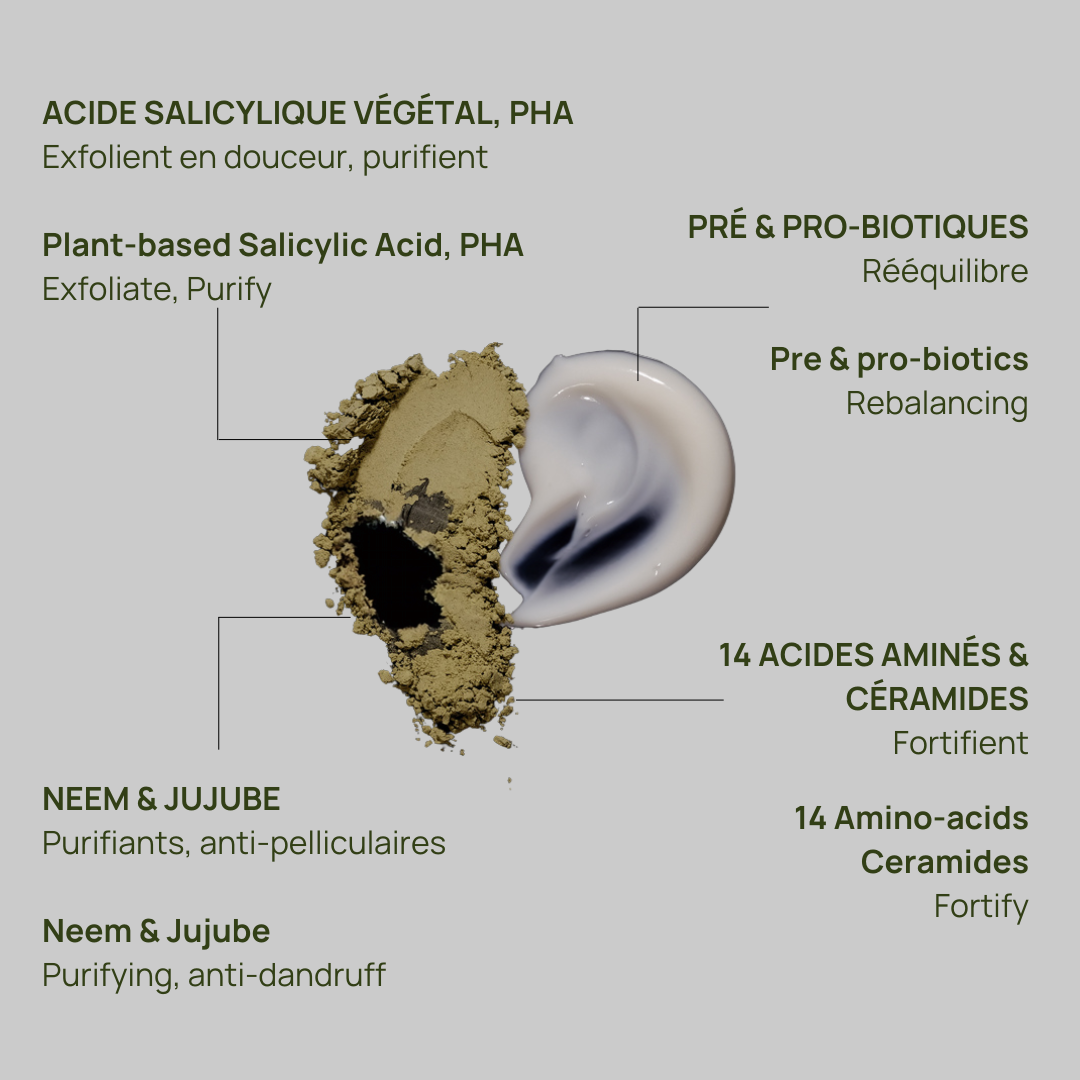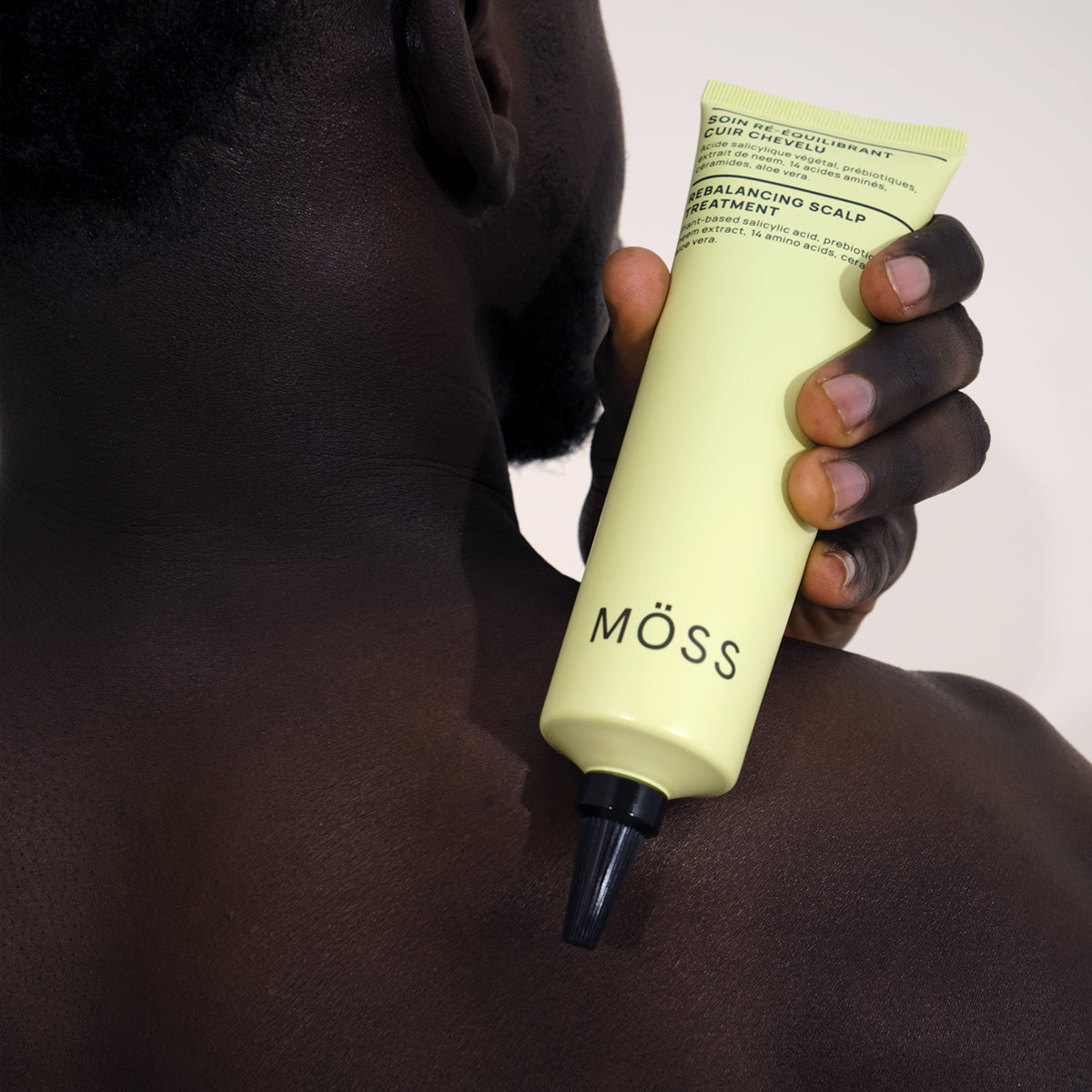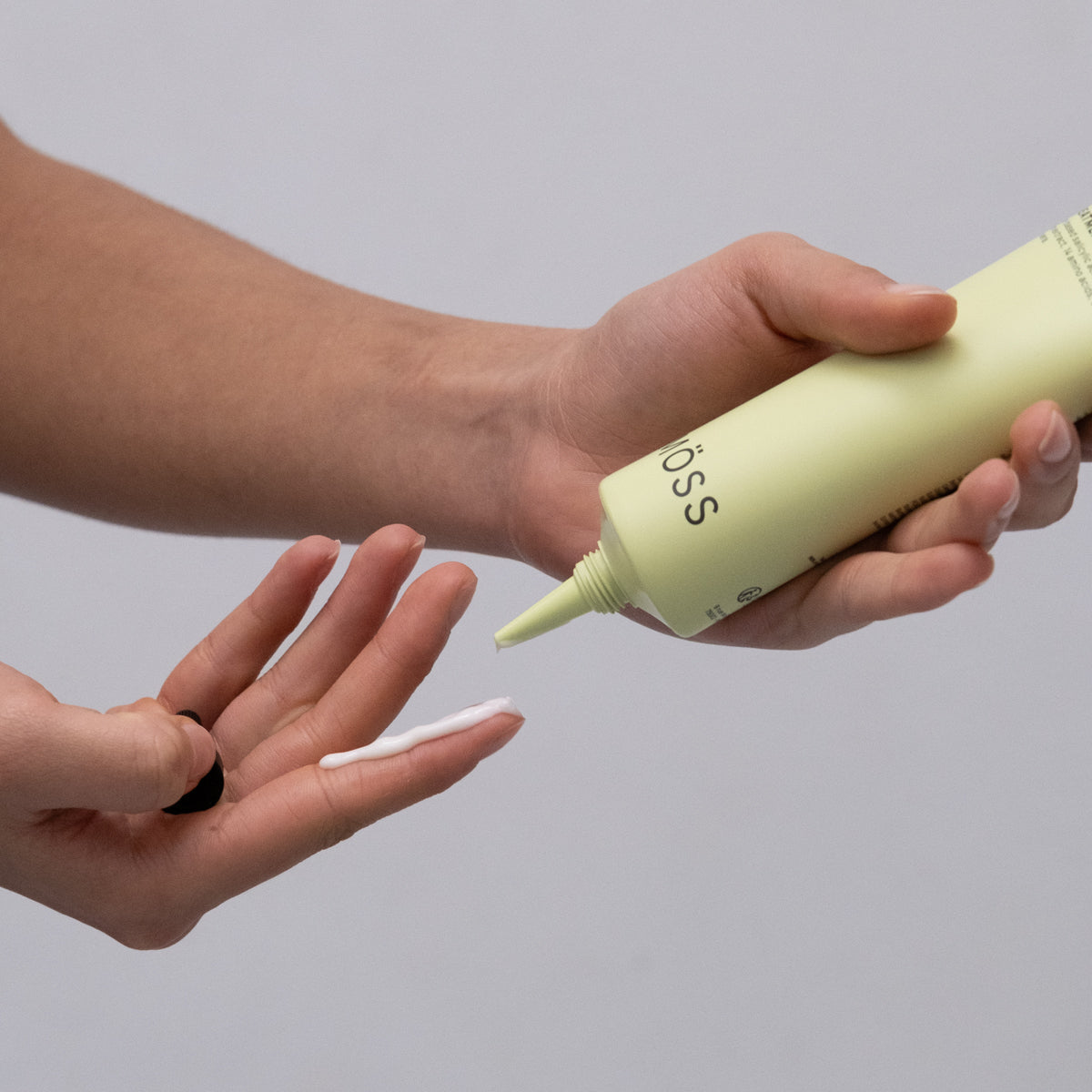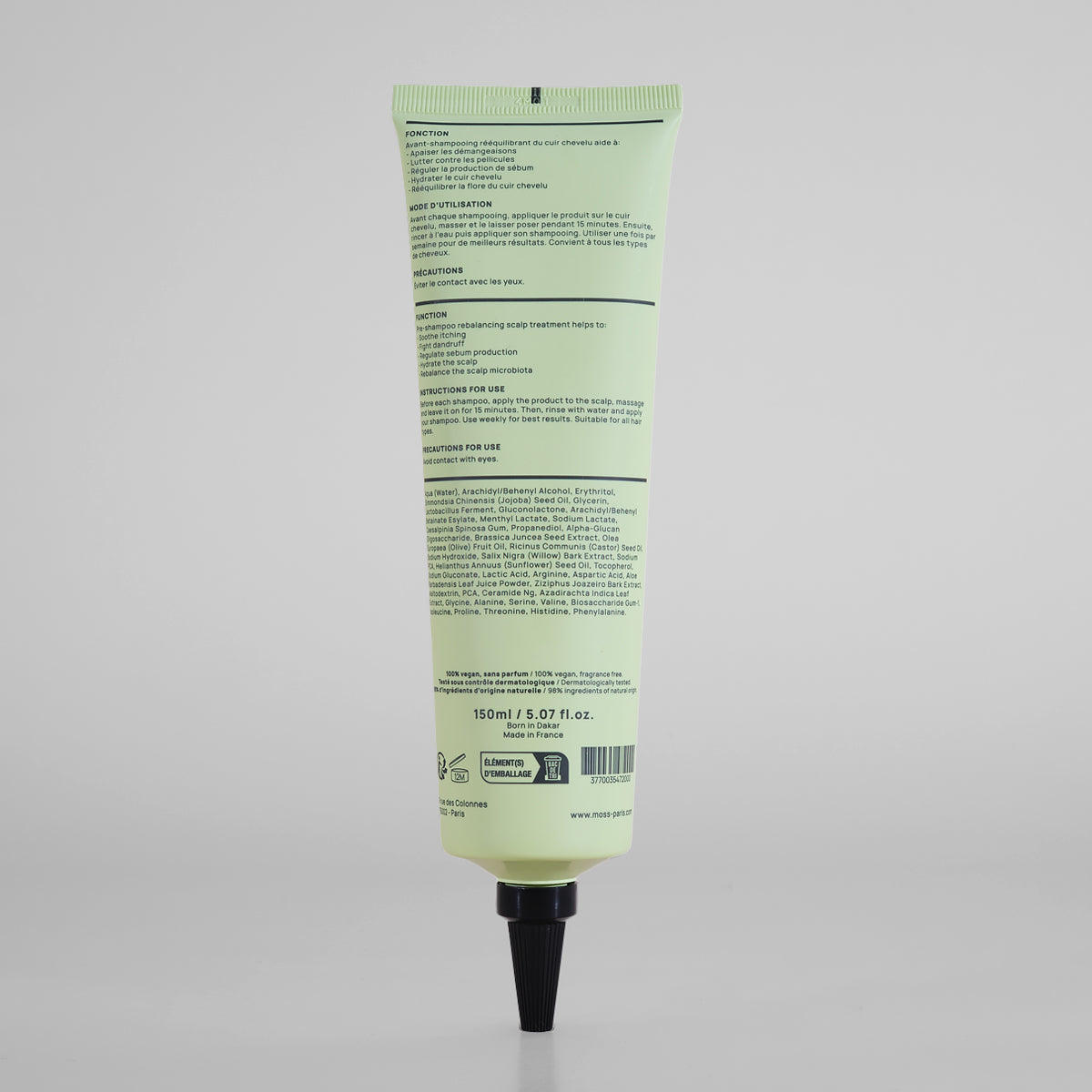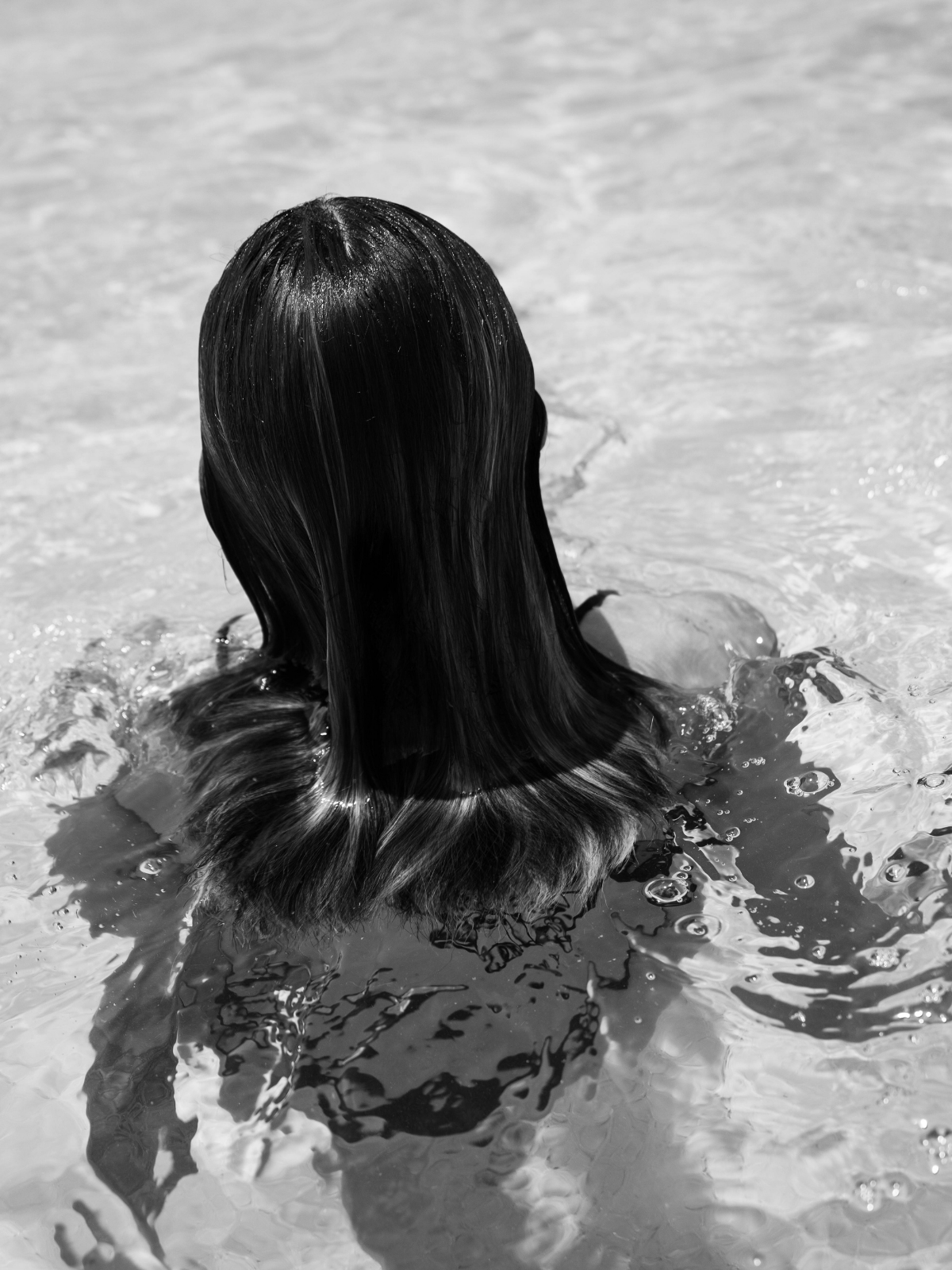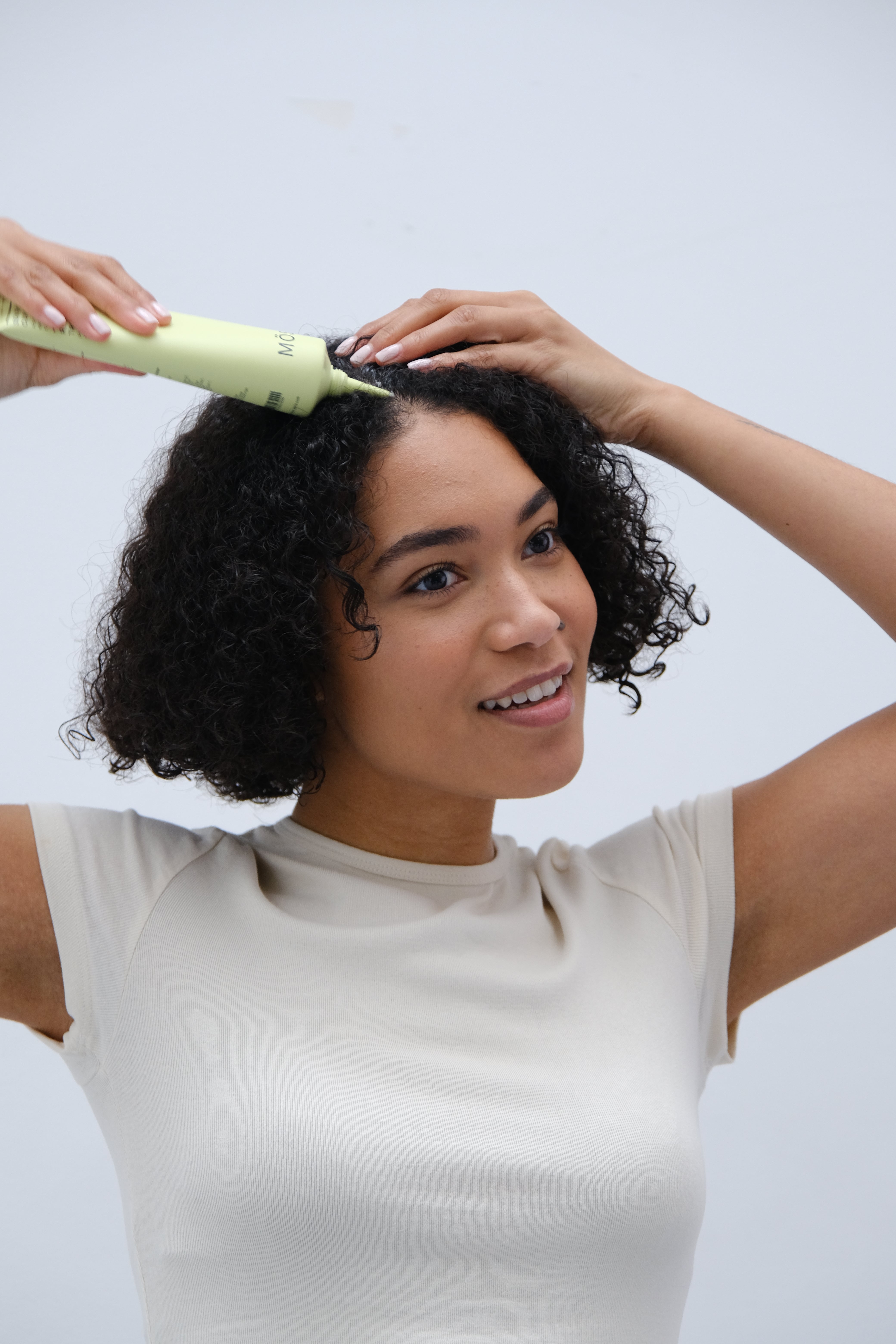Traction alopecia: understanding, preventing and caring for your scalp gently
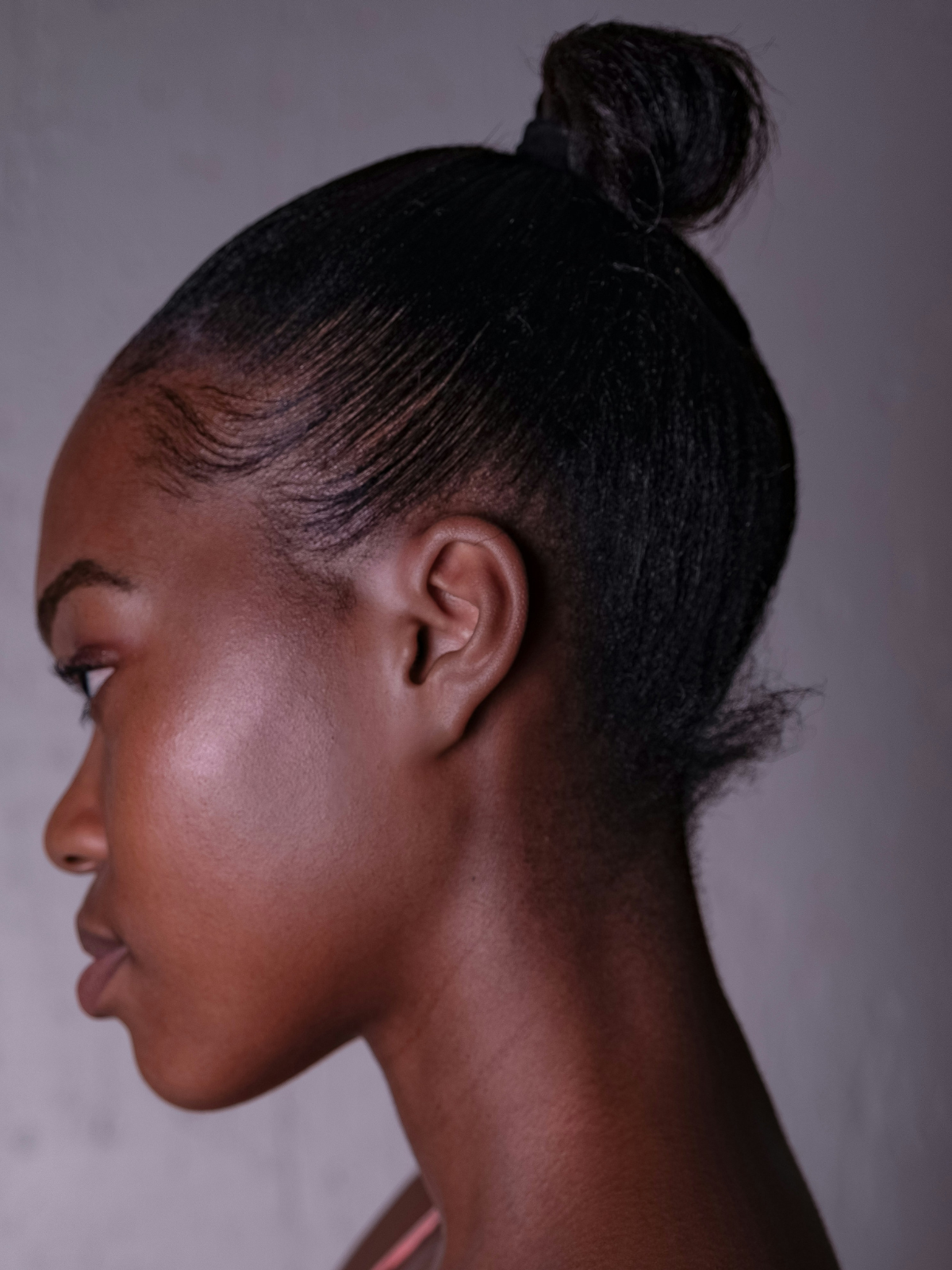
Traction alopecia is a form of hair loss that is still too often misunderstood, yet it is very common, particularly among people who regularly wear tight hairstyles. results from mechanical stress, that is, repeated tension exerted on the hair follicles. Unlike other forms of alopecia, it is not hormonal or genetic in origin. This prolonged tension ends up weakening the follicles, slowing growth, and then causing hair loss in the stressed areas.
Dermatologists point out that this condition is particularly common in people with frizzy, curly, or curly hair, due to sometimes tighter styling habits*. However, straight and wavy hair are not immune: a pulled-up bun every day, a helmet that is too tight, or extensions that are regularly applied can be enough to trigger this phenomenon.
Causes: When tension becomes stress for the scalp
The mechanism is simple: each hair follicle is anchored to the skin by a living structure that nourishes and maintains it. When excessive tension is applied day after day, this structure suffers micro-traumas. Over time, these repeated attacks can cause local inflammation, visible as redness, small papules, or increased sensitivity*.
The most commonly implicated hairstyles are thin, tight braids, weaves, high ponytails, and tight buns. However, rigid hair accessories, certain clips, or even the combination of traction and chemical treatments (straightening, aggressive coloring) increase the risk. Heat tools can also worsen the fiber's fragility and accelerate the process*.
The first signs to look out for
One of the challenges of traction alopecia is that it often develops gradually. Initially, you may notice unusual scalp sensitivity, sometimes accompanied by itching or tingling. Small red spots or pimples may appear around the follicles for those with fair skin.
Visually, the most affected areas are often the hairline and temples, where the hair thins. This sign is so common that it has a name: the fringe sign .
The good news: At this early stage, if the tension is reduced, regrowth is often possible. But when the follicles are destroyed, the loss becomes scarring and irreversible, hence the importance of acting quickly.
Prevention: adopt gentle and varied actions
Prevention is primarily based on alternation and gentleness. It's not about giving up a style you love, but rather giving your scalp periods of rest. Alternating tight hairstyles with more comfortable ones, spacing out braids or extensions, using soft elastics, and avoiding metal accessories are simple steps that can preserve the health of your follicles.
Reducing the use of harsh chemicals or excessive heat during periods of stress is also recommended. And above all, listen to your scalp: persistent discomfort, redness, or localized hair loss are signs that warrant a consultation with a dermatologist or trichologist.
Taking care: combining medical expertise and daily actions
In the case of early traction alopecia, the first step is to stop or reduce restrictive hairstyles. In some cases, medical or cosmetic treatment may be offered to stimulate growth and calm inflammation.
If the loss is already scarred, only a hair transplant can restore density.
But beyond medical interventions, the quality of care applied to the scalp plays an essential role in preserving its health and optimizing regrowth in areas that are still active.
The role of Möss Scalp Rebalancing Treatment
It is with this in mind that the Möss Scalp Rebalancing Treatment was formulated. More than just a treatment, it acts as a gesture of reconciliation between the scalp and its weakened follicles. Its formula, made with 98% natural ingredients, combines:
-
PHA (gluconolactone) , which gently exfoliates to eliminate dead cells and free clogged follicles, while respecting the skin flora.
-
Prebiotics and our Derma-Probios® complex , which help rebalance the scalp's natural ecosystem and strengthen its protective barrier.
-
Plant-derived salicylic acid, aloe vera, ceramides, amino acids and Neem extract , which hydrate, purify, soothe and strengthen the fiber from the root.
By incorporating this treatment into your routine, you provide your scalp with a healthier and calmer environment, conducive to regrowth where the follicles are still active. It's a gentle, respectful, and inclusive approach, suitable for all hair textures.
In conclusion
Traction alopecia is not inevitable: it can often be avoided or stabilized when you understand its mechanisms and adopt appropriate actions. Paying attention to the scalp's signals, varying your styles, limiting aggressions and incorporating respectful treatments like Möss Scalp Rebalancing Treatment are choices that make a difference.
Sources:
* JAMA Dermatology, 2023
* Dermatologic Clinics, 2013
* Verywell Health, 2024
* Annals Academy of Medicine, 2023
